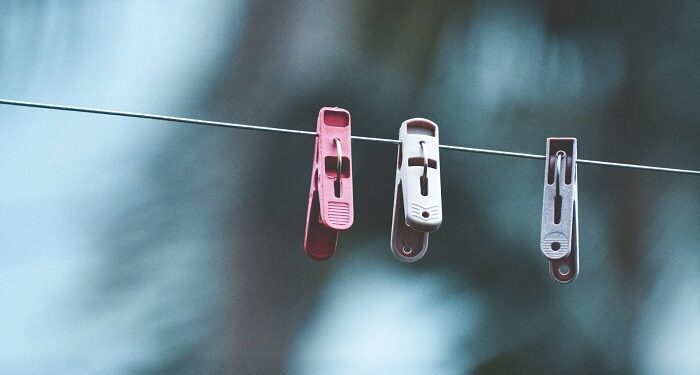Just because your washing machine looks clean doesn’t mean it is. Inside the drum, seals, and detergent drawer, there’s a buildup of mold, mildew, bacteria, detergent residue, body oils, and lint. And guess what? That filth is cycling back onto your “clean” clothes. If your laundry smells off, your washer is the real culprit.
The Signs Your Washer Is Disgusting
- Clothes come out smelling sour, even after a fresh wash
- There’s visible gunk or slime in the detergent drawer
- The rubber door seal is black or slimy
- There’s a musty smell inside the drum
- Whites are looking dingy
- Your towels come out stiff or mildewy
Sound familiar? Then your washer needs a deep clean—now.
Why This Happens
Washing machines handle dirty clothes full of sweat, bacteria, and grime. Over time, detergent residue and fabric softener build up. Combine that with trapped moisture, and it becomes a breeding ground for mold and mildew. Front-loaders are especially prone due to the rubber door seal trapping water.
You’re Not Supposed to “Set and Forget”
Most people never clean their washing machine. Big mistake. Just like your shower, sink, or toilet, it needs regular deep cleaning to stay functional. It’s not a magical device—it’s a machine that needs maintenance.
Step-by-Step: How to Clean Your Washing Machine
1. Empty It Completely
Make sure there’s nothing inside—not even lint, towels, or socks stuck behind the drum.
2. Run a Hot Vinegar Wash
- Add 2 cups of white vinegar to the detergent drawer
- Run the hottest, longest cycle possible
- Don’t add any clothes or detergent
Vinegar kills bacteria, breaks down buildup, and deodorizes the entire system.
3. Follow With a Baking Soda Cycle
- Sprinkle ½ cup of baking soda directly into the drum
- Run another hot cycle
- This neutralizes any leftover vinegar and deep-cleans grime
4. Scrub the Rubber Seal
- Pull back the seal around the door
- Use a mix of vinegar and baking soda paste
- Scrub with an old toothbrush
- Wipe with a dry towel afterward
You’ll likely find black gunk or even mold hiding here. Don’t skip this step.
5. Clean the Detergent Drawer
- Remove the detergent drawer
- Soak it in hot water and vinegar
- Scrub with a toothbrush
- Dry completely before reinserting
This is one of the most bacteria-filled parts of your washer.
6. Clean the Filter
If your machine has a filter (usually at the bottom), open it and drain it into a shallow pan. Remove debris, coins, hair, and lint. This helps water drain properly and avoids nasty blockages.
7. Wipe Everything Down
Use a vinegar-damp cloth to wipe the exterior, control panel, and door glass. Dry with a clean towel.
Maintenance Tips to Keep It Clean
- Leave the door open after every wash
- Don’t overuse detergent—more isn’t better
- Avoid fabric softeners that build residue
- Do a vinegar or machine cleaner cycle once a month
- Always remove wet clothes right after the cycle ends
Front Loaders vs Top Loaders
Front loaders are efficient but need more attention. Their seals and horizontal drum design trap more moisture and debris. Top loaders are a bit more forgiving but still need cleaning. Whichever you have, don’t assume it’s low-maintenance.
Why Dirty Machines Kill Clothes
A filthy washer leads to smelly clothes, dull colors, stiff towels, and ruined fabrics. If your fresh laundry doesn’t smell clean—or starts stinking a few hours after folding—it’s not your detergent. It’s your machine.
Even high-end detergents can’t clean clothes properly in a contaminated washer. Don’t blame your gear until you’ve cleaned the machine it’s running through.
Let the Pros Handle It
If you’re sick of dealing with constant laundry issues, sometimes it’s easier to outsource it. With the best laundry in London, your clothes are washed in professional-grade, sanitized machines that are cleaned regularly and maintained properly. You’ll get back clothes that actually feel clean—not just smell perfumed.
Final Word: A Clean Washer Means Clean Clothes
Your machine might be the dirtiest part of your entire laundry process. Clean it monthly, watch your detergent habits, and don’t let mildew take over. You wouldn’t wash your dishes in a moldy sink—don’t wash your clothes in a dirty drum.










